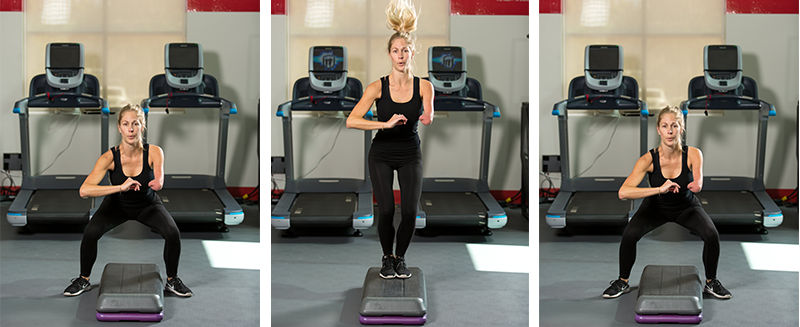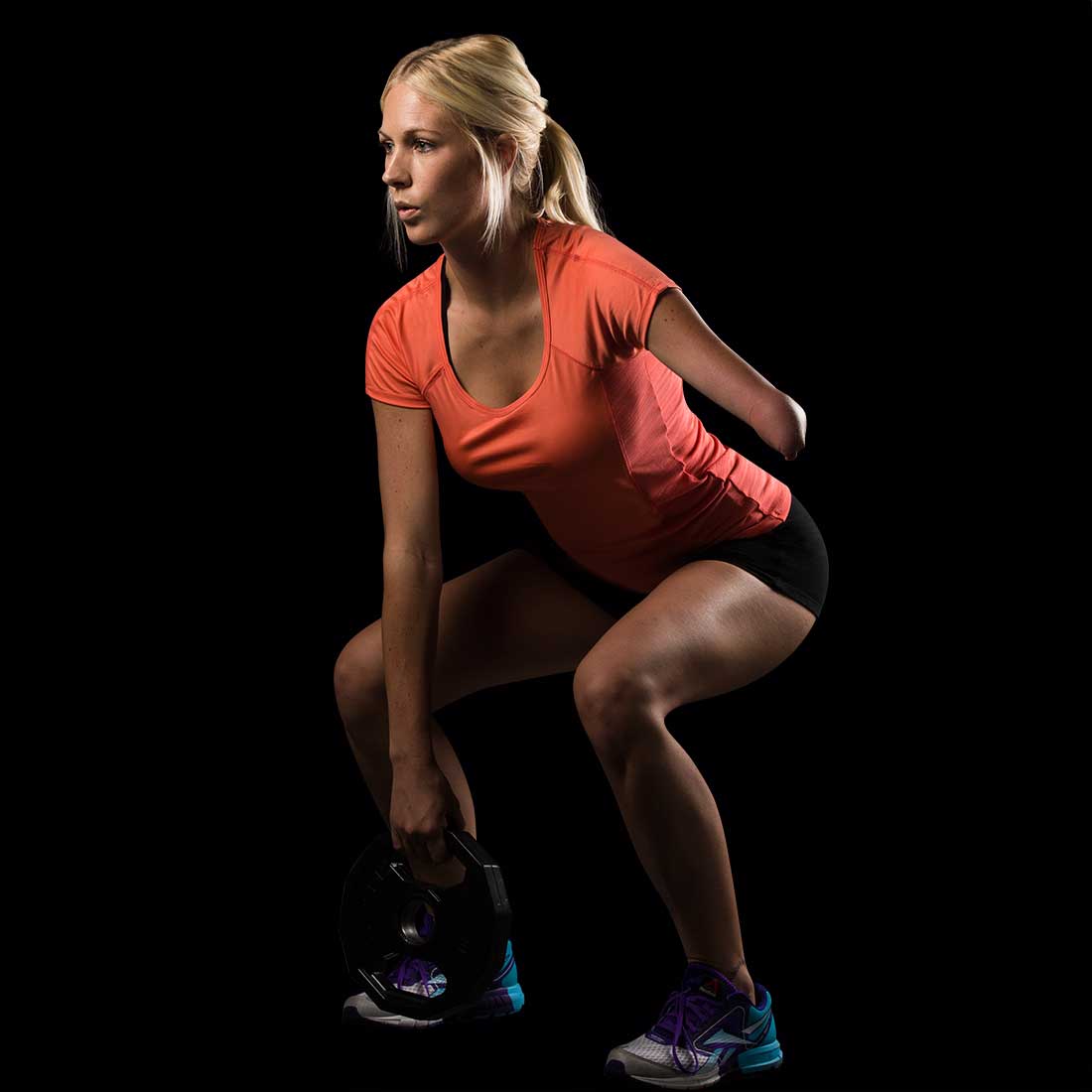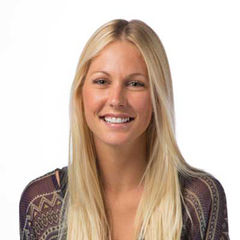ACE Advocacy and Outreach
I’m Suzanna, an ACE Certified Health Coach and Behavior Change Specialist. I was born with one arm, the result of a limb defect called Fetal Amelia that affects fewer than 1 in 10,000 babies. Growing up, I faced many challenges, from learning to tie my shoes and put my hair in a ponytail to driving a car. My family never treated me differently and always encouraged me to stretch myself beyond what I thought was possible. I think that’s why I’ve always pushed myself physically and wanted to do things I “shouldn’t” be able to do, like play first base in softball, ride horses and do arm balances, like Crow Pose in yoga.

I discovered the power of regular exercise at a young age and found that it helped me to fight the emotional and physical obstacles that people with disabilities face. Unfortunately, the majority of people with disabilities do not have enough opportunities to be physically active. Fifty-four percent of people with disabilities engage in no leisure time physical activity, and nearly 45 percent have obesity.
Working with clients with disabilities may not be something many fitness professionals are familiar with but it’s something we all need to think about. According to ACE CEO Scott Goudeseune, “Getting people moving ultimately hinges on the creation of a vibrant, physically active culture that is welcoming and inclusive to all.”
How do we go about building an environment where everyone feels invited to fully participate? These seven tips can help you engage with all groups of people and create new opportunities to foster a physically active culture:

1. Form an inclusive environment by creating a physically and emotionally safe setting for all people.
2. Make a conscious effort to treat clients with disabilities the same as you’d treat any other client.
3. Take the time to understand your client’s unique needs and don’t be afraid to admit what you’re unfamiliar with. Ask questions and do your research.
4. Work collaboratively with clients with disabilities to develop safe and effective exercise adaptations.
5. Use motivational strategies to empower clients to change behaviors and achieve fitness goals they previously thought were impossible.
6. "Exercise modifications” does not mean “beginner level.” Know who you are working with and their level of activity.
7. Focus on what your client can do versus what they cannot do. If you place too much emphasis on the client’s limitations, you might end up creating more obstacles than achievements.
Our mission to get people moving supports efforts focused on expanding opportunities for people with disabilities in the fitness industry. Earlier this year, ACE celebrated the launch of the Universal Fitness Innovation & Transformation (UFIT) USA Taskforce and Marseille Declaration—both aimed at expanding inclusive fitness opportunities for people with disabilities.




 by
by 









 by
by